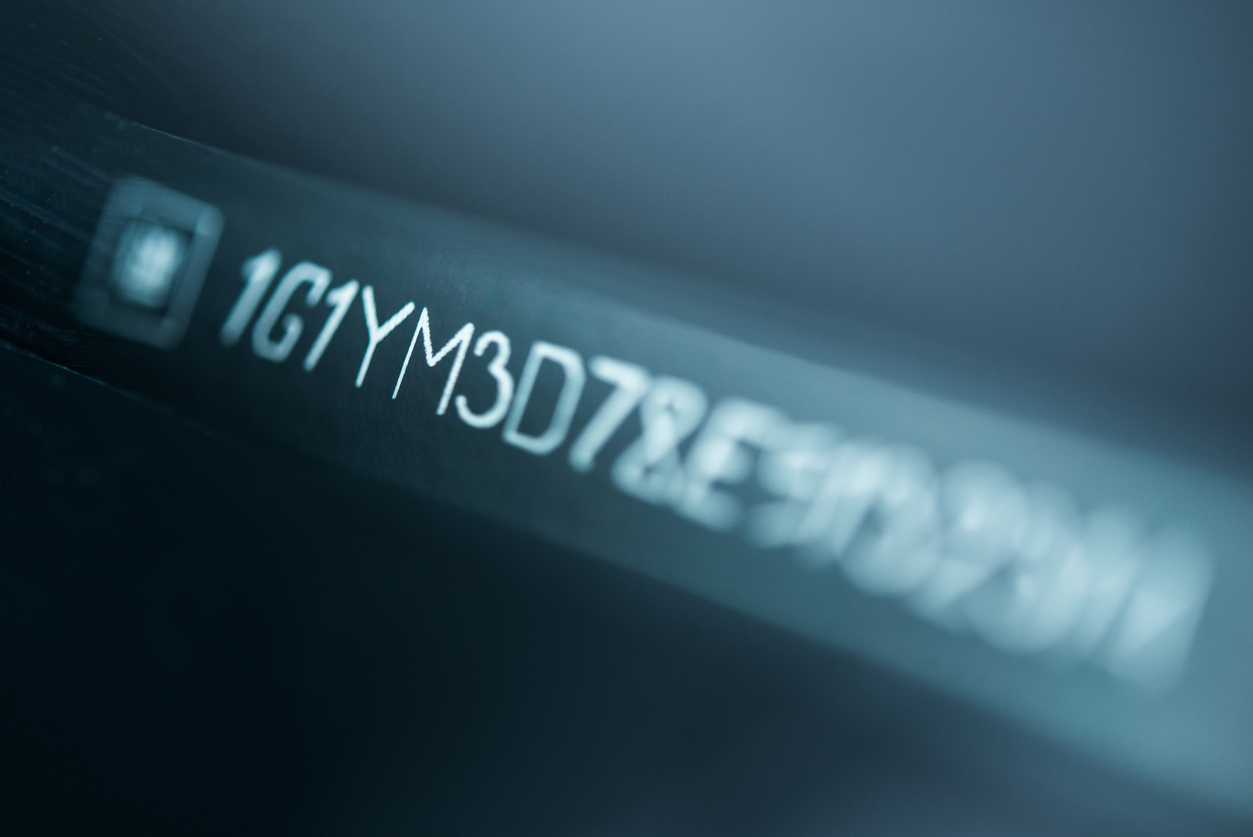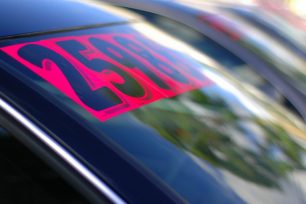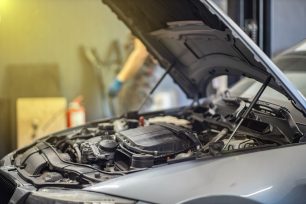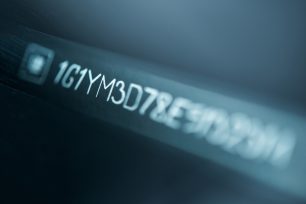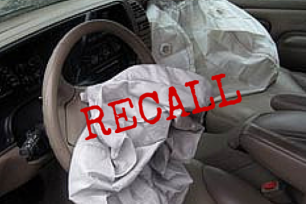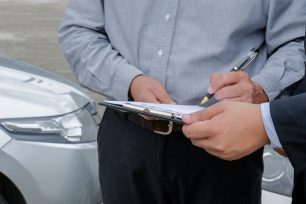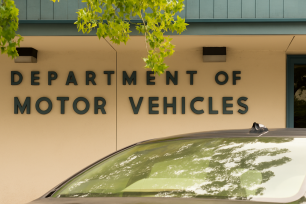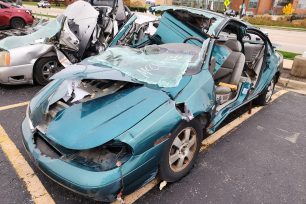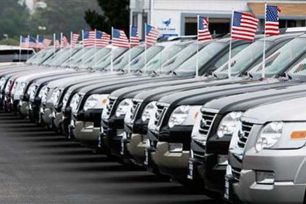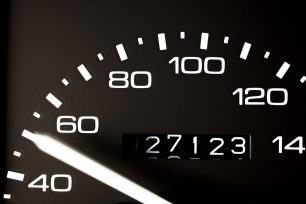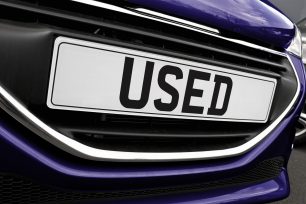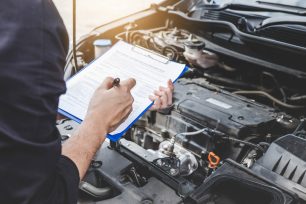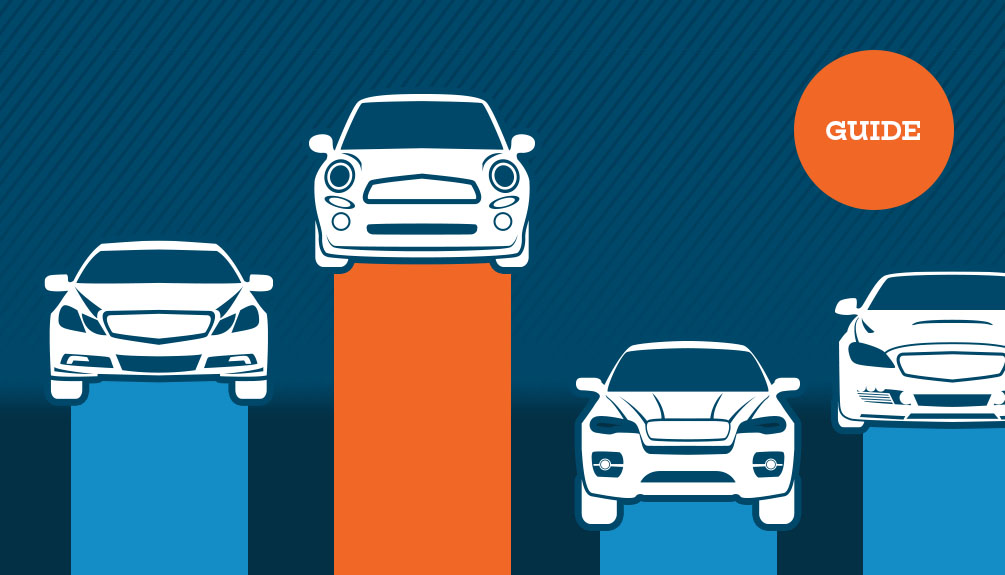The VIN: Your car’s DNA
Every modern automobile carries a 17-character vehicle identification number, an alphanumeric string unique to that single car. Since 1981 federal rules have required that format, which excludes the confusing letters I, O, and Q and uses a built-in mathematical “check digit” that instantly exposes most forgeries.Think of the VIN as the car’s DNA: It encodes the manufacturer, where the vehicle was assembled, its powertrain configuration, and even its place in the build sequence. Without it, lenders can’t assess risk, law enforcement can’t trace theft, and you can’t confirm that the sheetmetal in front of you is the car the seller claims it is.
Why you must verify before you buy
A spotless paint job or new upholstery can hide flood rot, bent frames, or a rolled-back odometer. Running the VIN uncovers that hidden past, protecting both your wallet and your safety. Lenders routinely slash loan amounts on cars with undisclosed damage, and some insurance carriers refuse coverage on vehicles with branded or cloned titles. Skipping the VIN check is gambling against statistics that favor costly surprises.Thorough verification isn’t paranoia, it is disciplined risk management. Buyers who do it can avoid structural rust, detect mileage fraud, confirm open recalls, and verify that no bank or scrapyard still has a claim on the title.
Where to find the VIN: Metal, paper, and screens
Begin at the driver-side dashboard plate that is visible through the windshield, then cross-check the driver’s door-jamb sticker, the firewall stamp, and, on older cars, the frame rails or even the glovebox frame. Matching numbers across those locations make altering a vehicle’s identity much harder. The same VIN string should appear on the car’s title, current registration, insurance card, loan or lease contract, service invoices, and, on newer models, in the manufacturer’s mobile app or infotainment menu.Step-by-step verification process
Free first steps. Enter the VIN into NHTSA’s decoder for build specs and active recalls, then run it through the National Insurance Crime Bureau’s VINCheck to see if it is reported stolen or salvaged. These public databases cost nothing and flag the most serious problems immediately.Deep-dive reports. Next, buy a full vehicle history report from a reputable provider such as CARFAX, AutoCheck, or iSeeCars’ VIN Check. These draw from state DMVs, insurers, auction houses, dealer lists, and manufacturer warranty systems to surface collisions, title brands, mileage records, and fleet or rental usage. Remember, these documents only know what has been reported. An empty record can mean nothing happened or nothing was filed. Never treat a clean report as proof of perfection.
Hands-on inspection. Finally, compare every stamped or riveted VIN on the car to the paperwork. Look for shaved rivets, mismatched fonts, bubbling windshield sealant around the dash plate, or safety-certification stickers that look reglued. Examine component labels on the doors, hood, and bumpers. A different VIN or an “R-DOT” tag signals replacement after major damage. If any number doesn’t match, even by one character, walk away or call law enforcement to report it.
Cracking the 17-character code
VIN positions 1 to 3 name the country of origin (e.g., “1” or “4” for the United States, “J” for Japan) and the manufacturer division. Positions 4 to 8 describe body style, restraint system, transmission, and engine — vital when you are confirming a specific trim. Position 9 is the check digit. If your calculated value and the printed digit diverge, the VIN is fake. Position 10 gives the model year, position 11 the assembly plant, and the final six characters are the serial number. Knowing the structure lets you spot obvious fakes in seconds.Spotting fraud before it costs you
Title washing, cloned VINs, and counterfeit certificates all aim to blur a car’s identity long enough for a quick sale. Watch for prices far below market value, sellers who insist you rely on their mysterious “official” report, or links that end in “.vin.” Malware and credit card theft are common side hustles in these scams. Demand your own report, insist on inspecting the actual title, and photograph the seller’s ID and license plate. The moment a story, a number, or a document fails to align, assume deception until proven otherwise.What a VIN check can’t tell you
No database knows whether the timing belt is overdue, the brake fluid is dirty, or the turbo seals are starting to leak. Accidents paid out-of-pocket never hit official records and many independent shops do not feed data to national systems. That is why a certified pre-purchase inspection — compression tests, scan-tool diagnostics, and an underbody inspection with the vehicle on a lift — remains non-negotiable. A $150 inspection could easily save a buyer thousands in required post-purchase repairs hidden by an unscrupulous seller.When to bring in the pros — or the police
If the NHTSA site says the VIN doesn’t exist, if any stamped number looks reworked, or if the title lists another state yet the seller cannot explain why, you can contact the National Insurance Crime Bureau, your state DMV, or local police. VIN fraud is not a minor dispute, it’s a felony that can leave you buying a car you cannot legally register.Treat the VIN as your lie detector. Verify it first, then decode it thoroughly, cross-check every imprint and document, and never let a shiny exterior or a seller’s urgency rush you. The 10 minutes you invest in an online check and the hour you spend for a pre-purchase inspection at a trustworthy shop are the cheapest insurance against inheriting someone else’s disaster. Buying used should feel like a victory, not a gamble, and verification is how you stack the odds in your favor.

